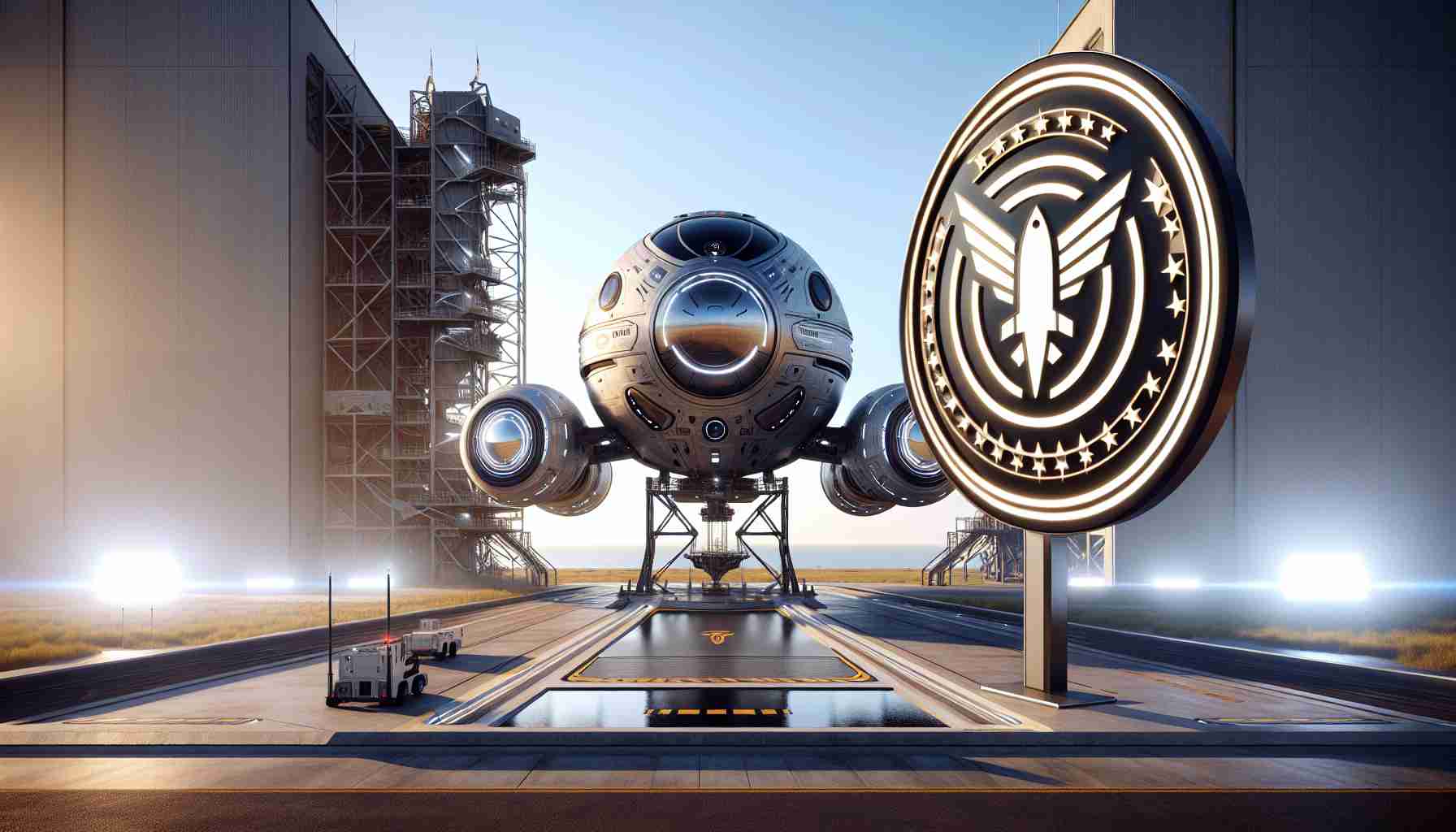SpaceX Successfully Receives License for Starship Test Flight
SpaceX has officially obtained the green light from federal regulators for the upcoming test launch of its groundbreaking Starship rocket system. The US Federal Aviation Administration has granted SpaceX the necessary license to proceed with the fifth uncrewed test launch of the Starship, marking a significant milestone in the company’s space exploration endeavors.
The upcoming test flight will involve the Super Heavy rocket booster carrying the Starship spacecraft launching from Boca Chica, Texas. A key highlight of the mission will be SpaceX’s ambitious attempt to guide the rocket booster back to a landing structure using massive metal pincers, known as the “chopsticks.” If successful, this maneuver will pave the way for innovative methods of recovering and reusing rocket components, ultimately streamlining the process of future space missions.
With its sights set on pioneering missions to the Moon and Mars, SpaceX envisions the Starship spacecraft as a pivotal component in NASA’s Artemis III mission. By focusing on enhancing reusability and efficiency in space travel, SpaceX aims to revolutionize the way cargo and crew are transported to Earth’s orbit and beyond.
Despite recent disputes with the FAA, SpaceX remains steadfast in its commitment to advancing space exploration and pushing the boundaries of what is possible in the realm of aerospace technology. Stay tuned for more updates on SpaceX’s groundbreaking test flight and its continued efforts to shape the future of space travel.
SpaceX Secures License for Starship Test Flight: Further Insights and Controversies
Following the confirmation of SpaceX’s license for the upcoming Starship test flight, several crucial questions arise regarding the implications and challenges associated with this milestone.
What are the key objectives of this test flight, and how do they contribute to SpaceX’s long-term goals?
The primary goal of the upcoming test flight is to demonstrate the capabilities of the Super Heavy rocket booster and the Starship spacecraft, specifically focusing on the reusability aspect through innovative landing strategies. This test will not only validate SpaceX’s technological advancements but also serve as a stepping stone towards future missions to the Moon and Mars.
What are some of the main hurdles or controversies SpaceX faces in executing this test flight?
One of the significant challenges SpaceX encounters is ensuring the safety and success of the rocket booster landing using the unique “chopsticks” method. The complexity of this maneuver poses a technical challenge, raising concerns about the reliability and practicality of such a landing technique. Additionally, ongoing debates regarding regulatory compliance and coordination with the FAA remain contentious issues that SpaceX must navigate.
Advantages of SpaceX’s innovative approach include the potential for cost reduction in space travel, increased sustainability through reusability, and the ability to support ambitious missions beyond Earth’s orbit. However, disadvantages may include unforeseen technical obstacles, regulatory hurdles, and public scrutiny in the event of setbacks or failures.
In conclusion, while SpaceX’s progress in securing the license for the Starship test flight signifies significant strides in the realm of space exploration, the journey ahead is laden with uncertainties and complexities. Balancing ambition with practicality, safety with innovation, and compliance with efficiency will be critical factors shaping the success of SpaceX’s future missions.
For more in-depth coverage of SpaceX’s pioneering endeavors and the latest developments in aerospace technology, visit SpaceX’s official website. Stay informed about the future of space travel and exploration through reliable sources within the industry.













